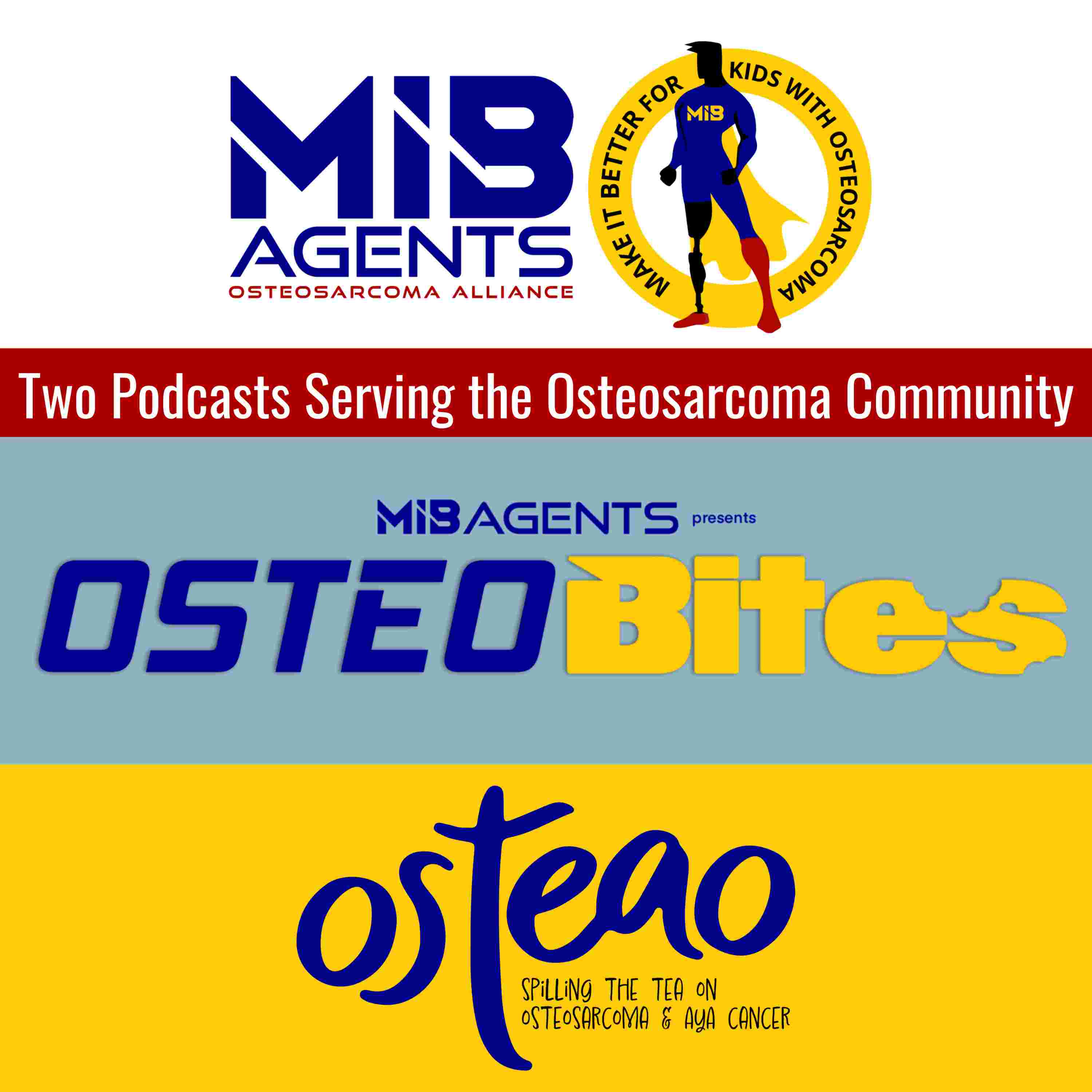

Osteosarcoma Webinar Series: Yanding Zhao, PhD to discuss how Distinct patterns of chromosomal instability fuel osteosarcoma progression and influence patient outcomes.
Osteosarcoma (OS) is notable for extreme chromosomal instability (CIN) and molecular heterogeneity, which have hindered therapeutic progress. To address this, the lab performed longitudinal and multi-modal profiling of 91 tumors from 71 pediatric patients, integrating whole-genome and transcriptome sequencing with ATAC-seq and Hi-C in matched cell lines. Their analyses revealed that key driver mutations, including TP53, are fixed early and persist through progression. Over 80% of tumors exhibited complex structural alterations—such as chromothripsis, kataegis, loss of heterozygosity, and ecDNA amplification—with MYC enhancer hijacking linked to chemoresistance. They identified a high-risk evolutionary trajectory marked by homologous recombination deficiency (HRD)-like signatures in the absence of BRCA mutations. These tumors showed focal duplications at fragile sites, early whole-genome doubling, high TP53 mutation burden, and sensitivity to PARP inhibition—highlighting a potential therapeutic vulnerability. Together, these findings define a replication stress–driven model of OS evolution, shaped by early chromosomal remodeling and ecDNA-mediated oncogene activation, with implications for biomarker development and precision treatment strategies.
Dr. Yanding Zhao is a postdoctoral researcher at Stanford University in the lab of Dr. Christina Curtis. He earned his PhD in Genetics from Dartmouth College, where he began developing computational tools to understand how genome instability disrupts gene regulation in cancer. At Stanford, his research focuses on pediatric osteosarcoma. By combining genome sequencing, 3D chromatin mapping, and spatial transcriptomics, he studies how tumors evolve, resist treatment, and evade the immune system. Dr. Zhao works closely with clinicians and scientists to help turn these discoveries into potential new therapies. He is honored to be part of the MIB Agents community and looks forward to sharing his work in a way that resonates with patients, families, and advocates.